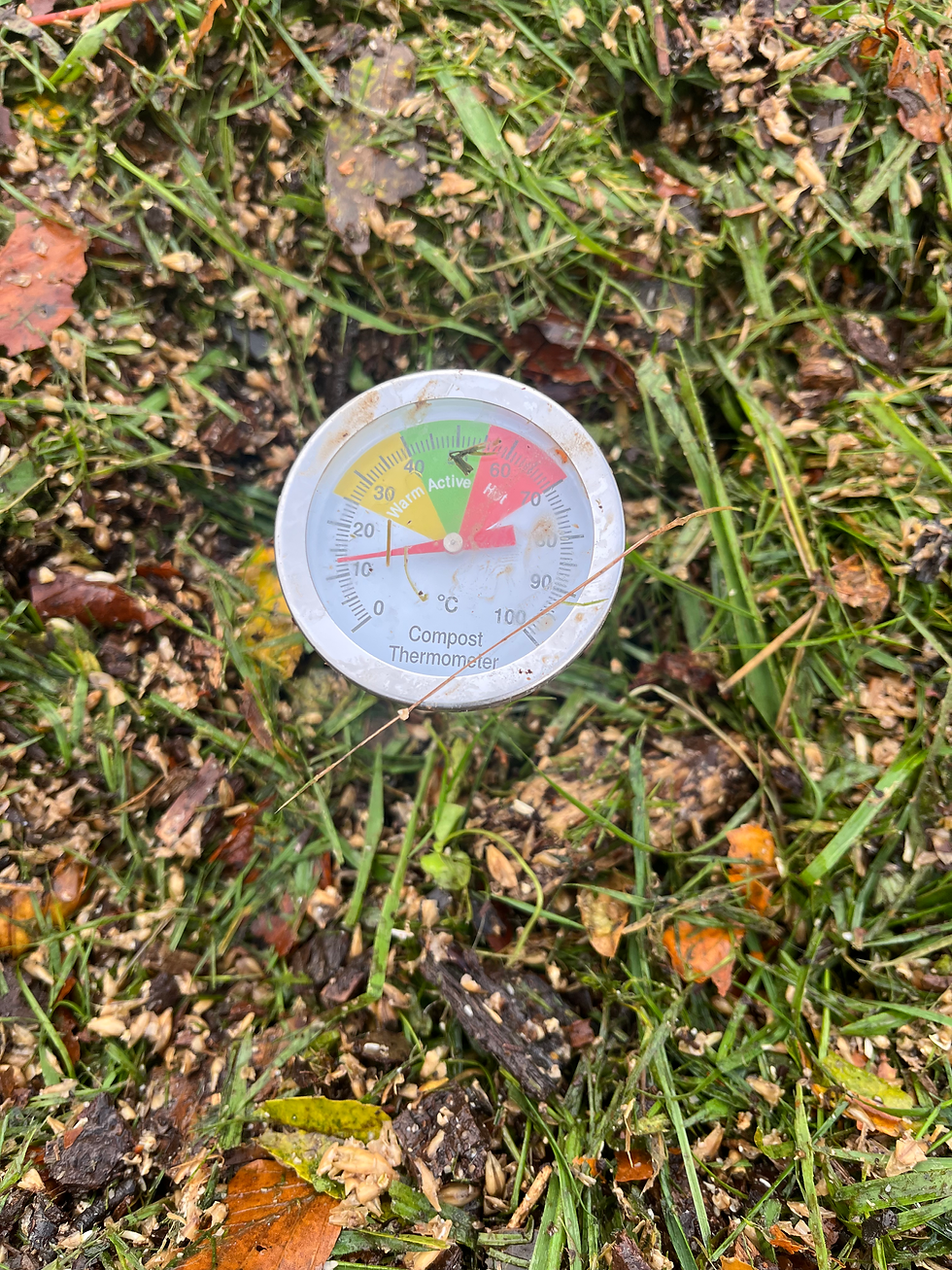How Your Sample is Assessed
- Perry Haldenby
- Nov 19, 2023
- 3 min read
In this post, I would like to walk you through how your sample is assessed when you send it to me.
Understanding How Your Sample is Counted Your full assessment is divided up into 3 parts. 1) Nematode Count 2) Main assessment 3) Bacteria Count To count the organisms outlined above, your soil must be diluted with water for the organisms to be seen under the microscope. Preparing your sample
1 gram of soil from the sample you sent is diluted with water into a test tube. The dilution ‘factor’ will depend on the density of the material and which organism is being measured. For a ‘main assessment’ and the ‘nematode count’ we average between a 1:5 to 1:10 dilution. A 1:5 dilution is 1 part solid and 4 parts water, a 1:10 dilution is 1 part solid 9 parts water. Heavy clay samples often need to be diluted up to 1:50. The dilution for the ‘bacteria count’ will be much higher, around 1:500 or up to 1:1000 or more.
Using a pipette, 1 drop of the dilution is placed on the slide and a cover slip is placed on top, and then the sample is placed under the microscope to be assessed. Viewing your sample
The microscope has 3 lenses (objectives) and together with the eye piece create ‘total magnifications’ of x40, x100 and x400.
For your sample we use the x100 total magnification for the nematode scan, and x400 for the main assessment and bacteria count.

The nematode count When counting nematodes, the whole cover slip is scanned using the x100 objective. The focus is moved up and down the cover slip. When a nematode is spotted, its functional group is observed and counted into your sheet. There are 5 different types of nematodes that I scan for; Bacterial feeding nematode, fungal feeding nematode, predatory nematode, omnivore feeding nematode and the root feeding nematode. I can tell the difference of the nematodes by looking at their morphology.

The main assessment
The main assessment is used to count; Actinobacteria, fungi, protozoa (flagellates, amoebae, ciliates) and detrimental organisms.
To count the biomass or numbers of the microbes in the main assessment, a different method is used as compared to the nematode scan. Firstly, I focus onto the sample by looking down the x400 objective. The circle of light we see down the microscope is called the ‘field of view’ - FoV. Every main assessment will have 5 reading areas. 3 to10 fields of view will be assessed in each reading area, depending on the quantity of microbiology present or not present.
Typically, 5 FoV are performed in each reading. 5 readings x 5 FoV = 25 Fields of view assessed.
There are a possible 2038 Fields of view on the cover slip at x400 total magnification. For a non-biased result, 25 FoV are chosen randomly, and the biology within them is counted for the main assessment. Please note there is not always biology to be counted in the FoV

Bacterial count
When it comes to the bacterial count, the dilution of the sample is increased to around 1:500 or more, it’s not uncommon to dilute a sample up to 1:1000 to be able to accurately see and count the bacteria. Each individual bacterium’s are counted for your report.
For the bacterial count 5 FoV are observed with x400 objective, this will give us a good representation of the bacteria in the sample.
Bacteria count. The small black dots are bacteria, but some are soil particles. FoV

I hope that was helpful and interesting. If you would like to discuss the possibility of having your soil assessed, please get in touch, through my website.



Comments